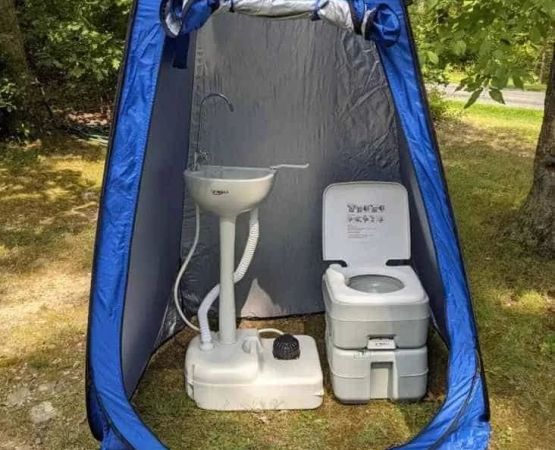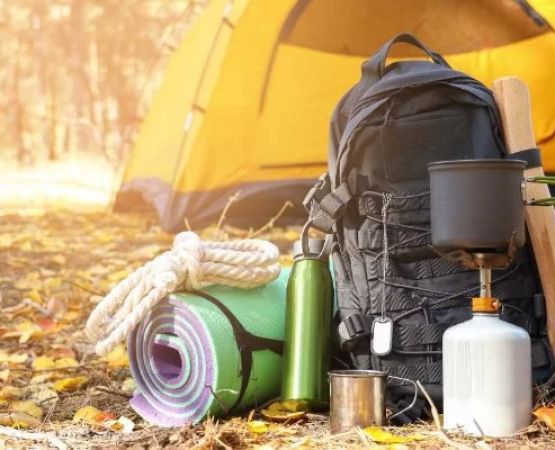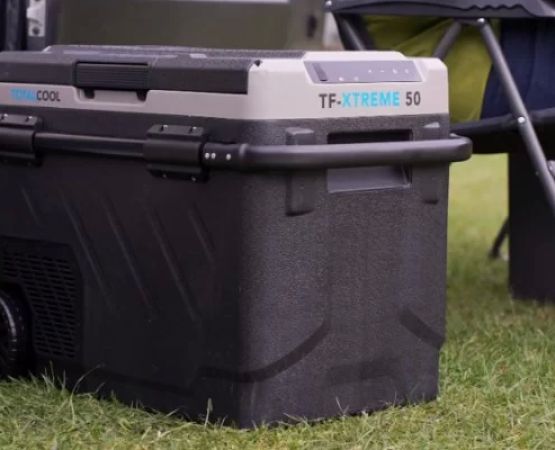- understanding-the-role-of-a-sleeping-bag-stuff-sack
- types-of-sleeping-bag-stuff-sacks-and-when-to-use-them
- how-to-choose-the-right-size-and-material
- real-scenarios-why-the-right-stuff-sack-matters
- expert-tips-for-maximizing-efficiency-on-the-trail
- find-the-perfect-gear-at-pine-cliff-resort
1. Understanding the Role of a Sleeping Bag Stuff Sack
When you think about preparing for a camping or backpacking trip, your sleeping bag often tops the gear list. But what protects and compresses that essential item during transport? That’s where the humble but critical sleeping bag stuff sack comes in. Choosing the right sleeping bag stuff sack isn’t just about saving space—it’s about protecting insulation, enhancing comfort, and even determining how quickly you can break camp.
A stuff sack does more than hold your sleeping bag; it shields it from moisture, dirt, and unnecessary wear. And for anyone who’s had to roll up a soggy or loosely-packed bag during a storm, the difference between a great stuff sack and a basic one becomes abundantly clear.
2. Types of Sleeping Bag Stuff Sacks and When to Use Them
2.1 Standard Drawstring Sacks
These are the most common, often included with your sleeping bag purchase. They’re lightweight and simple, making them ideal for car camping or shorter hikes where compression isn’t a priority.
2.2 Compression Sacks
For backpackers trying to maximize every cubic inch of their pack, compression sacks are game-changers. Featuring adjustable straps, they let you shrink a bulky sleeping bag into a fraction of its original size. Just be cautious with down bags—excessive compression over time can affect the loft.
2.3 Waterproof Dry Sacks
When trekking in wet or unpredictable weather, a waterproof dry sack is invaluable. These sacks use roll-top closures and coated fabrics to keep your sleeping bag bone-dry, even during river crossings or torrential rain.
3. How to Choose the Right Size and Material
3.1 Matching Sack Volume to Bag Size
Don’t guess when it comes to volume. A synthetic sleeping bag may require a larger sack than a down one due to loft and packability. A general rule is to size up slightly if you’re unsure, especially if you like including a liner or wearing the bag inside out to dry overnight.
3.2 Material Durability and Function
Ripstop nylon is a popular choice due to its lightweight yet strong nature. For high-moisture environments, go for sacks with a polyurethane coating or DWR (durable water repellent) treatment. Breathable materials are great for arid regions but may not hold up in wet climates.
3.3 Closure Mechanisms
Look for smooth drawstrings, secure roll-tops, and buckle strength. Nothing’s more frustrating than a flimsy cinch or a buckle that gives out after two uses. Quality closures can be the difference between a well-contained sleeping bag and a pack disaster.
4. Real Scenarios: Why the Right Stuff Sack Matters
Consider Mia, a solo hiker who trekked through British Columbia’s rain-soaked Pacific Northwest Trail. Her waterproof stuff sack prevented what could’ve been a night of shivering in a damp bag. Or Ben, who saved space on a month-long thru-hike by using a compression sack that halved his load’s volume. In both cases, choosing the right sleeping bag stuff sack was more than a gear decision—it was a matter of comfort, efficiency, and safety.
5. Expert Tips for Maximizing Efficiency on the Trail
5.1 Don’t Overcompress
Especially with down sleeping bags, avoid cranking down your compression sack every day. Long-term overcompression can reduce loft and insulation. Shake out the bag nightly to let it breathe.
5.2 Pack Strategically
Store your stuff sack at the bottom of your pack. Use the gaps around it for lighter items like clothing. This keeps the center of gravity low and maintains pack balance.
5.3 Air It Out Daily
Even the best sack traps some moisture. When conditions allow, open your sleeping bag for a quick sun-dry while you break camp or eat lunch. This preserves its life and warmth.
6. Find the Perfect Gear at Pine Cliff Resort
At Pine Cliff Resort, we know that a reliable sleeping bag stuff sack can transform your backcountry experience. Our curated gear selection includes:
- Compression sacks for ultralight backpackers
- Waterproof dry sacks ideal for river or coastal hikes
- Eco-conscious options made from recycled materials
- Expert advice and fit guides based on your sleeping bag model
Whether you're gearing up for your first hike or your fiftieth, Pine Cliff Resort helps you choose gear that’s right for your needs—and built to last. Let us help you pack smarter, lighter, and better.







